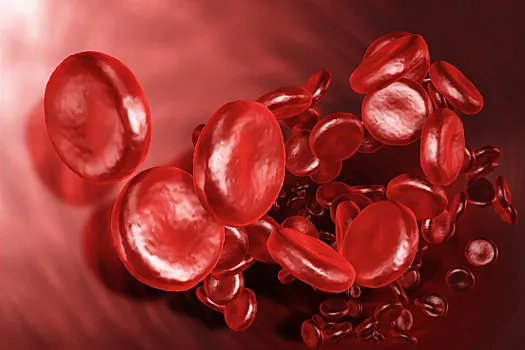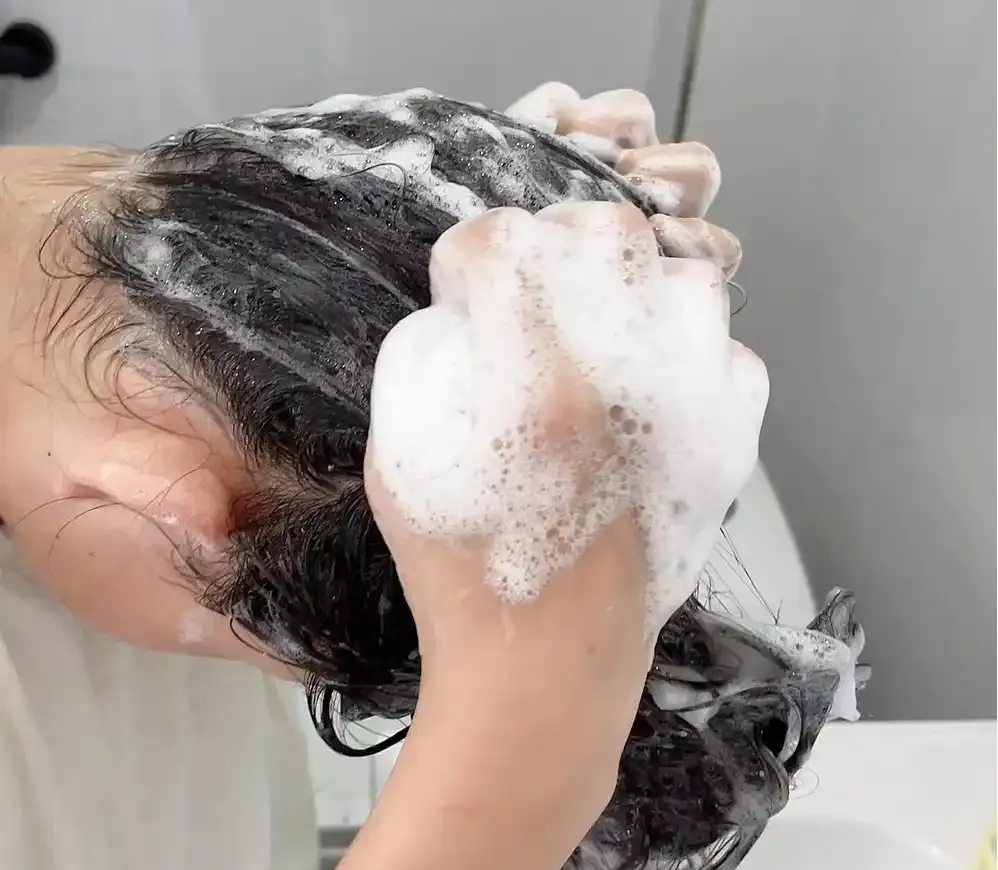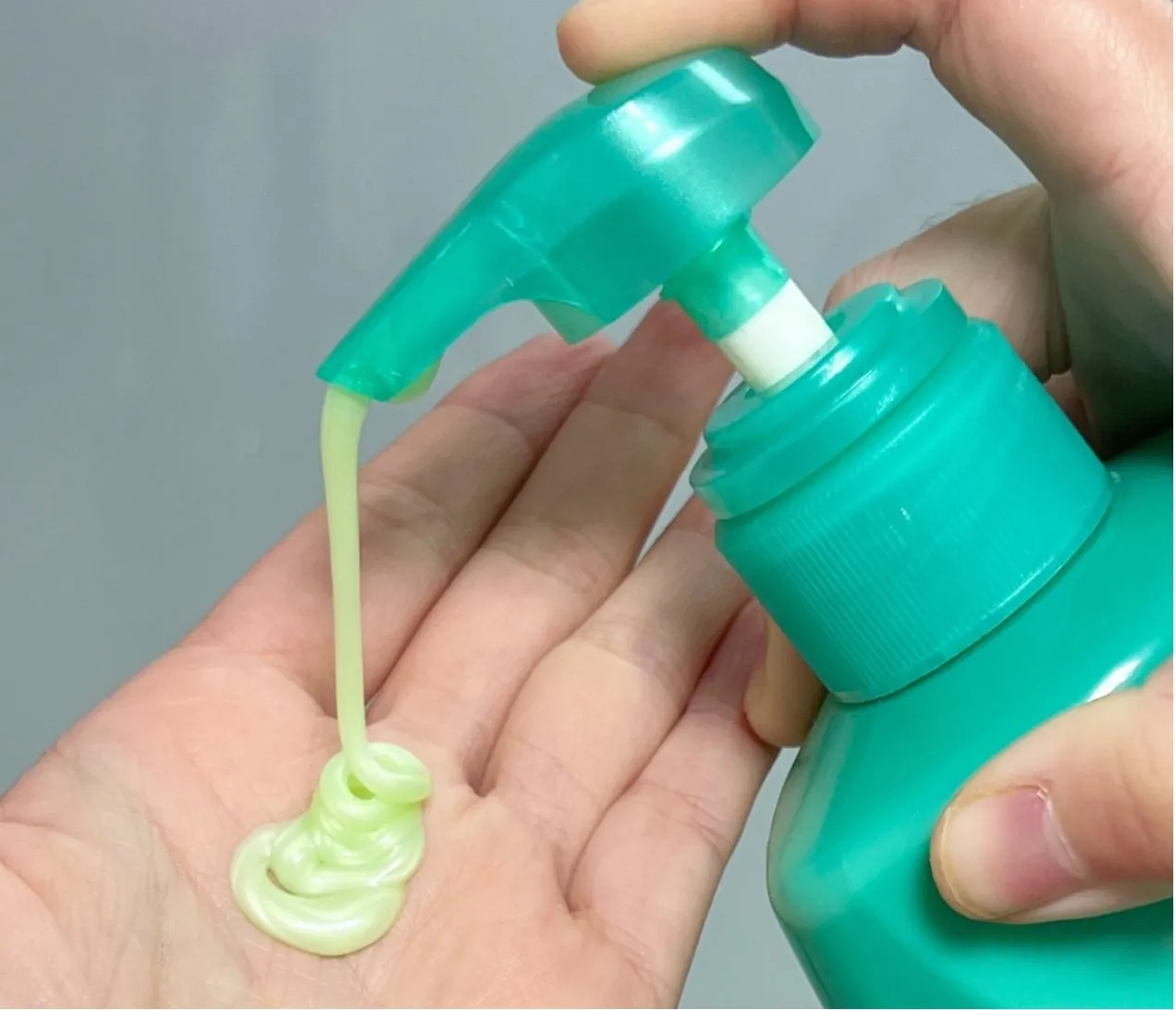
Innovative Applications of Modified Starches in Cosmetics and Medicine
Modified starches have emerged as multifunctional ingredients across various industries, including pharmaceuticals, skincare, and haircare.

Modified Starches: A Breakthrough in Cosmetic and Medical Industries
Among them, hydroxypropyl distarch phosphate, hydroxyethyl starch 130 0.4, and other chemically altered starches are widely used for their improved stability, biocompatibility, and texture-enhancing properties.
In medical applications, hydroxyethyl starch 130 0.4 is a synthetic colloid frequently used in intravenous fluids. This hydroxyethyl starch solution acts as a plasma volume expander, helping maintain blood pressure and hydration in critical care settings. Its unique molecular structure allows for better retention in the circulatory system compared to other starches.
On the cosmetic front, hydroxypropyl distarch phosphate stands out for its ability to enhance product stability, improve texture, and act as a thickening agent. It’s commonly found in lotions, creams, and makeup formulations where consistency and a non-greasy feel are essential. Its dual nature—both hydrophilic and hydrophobic—enables better moisture retention and film formation on the skin.

Hydroxypropyl Starch Phosphate: A Versatile Cosmetic Ingredient
One of the most sought-after starch derivatives in cosmetics is hydroxypropyl starch phosphate in skin care products. It is praised for its non-irritating, biodegradable nature and is often included in moisturizers and anti-aging creams to create a smooth, velvety finish. The ingredient helps stabilize emulsions and enhances the delivery of active compounds.
In the haircare segment, hydroxypropyl starch phosphate in hair products offers styling benefits by increasing the viscosity of formulations and providing light hold without stiffness. Products containing hydroxypropyl starch phosphate curly hair are especially popular because this ingredient helps define curls while keeping hair soft and manageable. It forms a flexible film around each hair strand, improving curl retention and frizz control without weighing the hair down.
Ngoài ra, sodium hydroxypropyl starch phosphate is a water-soluble variant used in personal care formulations. It enhances skin feel, supports emulsification, and increases formulation stability. For sensitive skin types, this ingredient is particularly beneficial due to its low irritation potential and compatibility with a wide range of actives.
Hydroxypropyl starch phosphate for skin is also used in soothing products, as it creates a protective layer that locks in moisture and reduces trans-epidermal water loss. Whether in facial creams or cleansers, its presence boosts the product’s sensory and functional performance.
Future Trends and Benefits of Starch-Based Cosmetic Ingredients
The demand for naturally derived yet highly effective cosmetic ingredients continues to rise. Modified starches, such as hydroxypropyl starch phosphate in skin care and hydroxypropyl starch phosphate in hair products, fit perfectly into this trend. Their biodegradable nature, coupled with excellent functional properties, makes them a preferred choice for eco-conscious brands and consumers.
Moreover, the evolution of starch derivatives, including innovations like hydroxypropyl distarch phosphate and sodium hydroxypropyl starch phosphate, opens new possibilities in formulating high-performance products without compromising on skin safety or sustainability.
Medical-grade derivatives such as hydroxyethyl starch 130 0.4 continue to be vital in emergency medicine, especially in treating hypovolemia. These compounds demonstrate how modified starches are not limited to cosmetic use but are integral to life-saving interventions as well.

Product FAQs: Understanding Modified Starches in Cosmetics and Healthcare
FAQ Title: Everything You Need to Know About Hydroxypropyl and Hydroxyethyl Starch Derivatives
- What is hydroxypropyl starch phosphate and why is it used in cosmetics?
Hydroxypropyl starch phosphateis a modified starch that acts as a stabilizer, thickener, and film-former in skin and hair care products. It improves product texture and enhances moisture retention, making it ideal for creams, lotions, and shampoos.- Is hydroxypropyl starch phosphate safe for curly hair?
Yes. Products containing hydroxypropyl starch phosphate curly hairare formulated to provide light styling hold and curl definition without stiffness or residue, making it a safe and effective option for all curl types.- What is hydroxyethyl starch 130 0.4used for?
Hydroxyethyl starch 130 0.4 is primarily used in the medical field as a plasma volume expander in IV therapy. It helps treat or prevent low blood volume during surgery or trauma.- How does sodium hydroxypropyl starch phosphatediffer from regular hydroxypropyl starch phosphate?
Sodium hydroxypropyl starch phosphate is a water-soluble version that enhances emulsification and skin feel. It’s often used in sensitive skin formulations due to its gentle and moisturizing nature.- Can hydroxypropyl starch phosphate be used for skin treatment products?
Absolutely. Hydroxypropyl starch phosphate for skinis frequently included in moisturizing creams and soothing lotions. It forms a protective barrier, locks in moisture, and enhances the sensory experience of the product.
-
Hydroxypropyl Starch as a Sustainable Construction AdditiveNewsNov.24,2025
-
The Gelation Properties of CMCNewsNov.21,2025
-
Redispersible Latex Powder and Water Retention CapacityNewsNov.21,2025
-
Dosage Control for Polycarboxylate Water ReducerNewsNov.21,2025
-
Film-Forming Properties of Polyvinyl AlcoholNewsNov.21,2025
-
The Function of Gypsum Additives in MortarNewsNov.21,2025





















